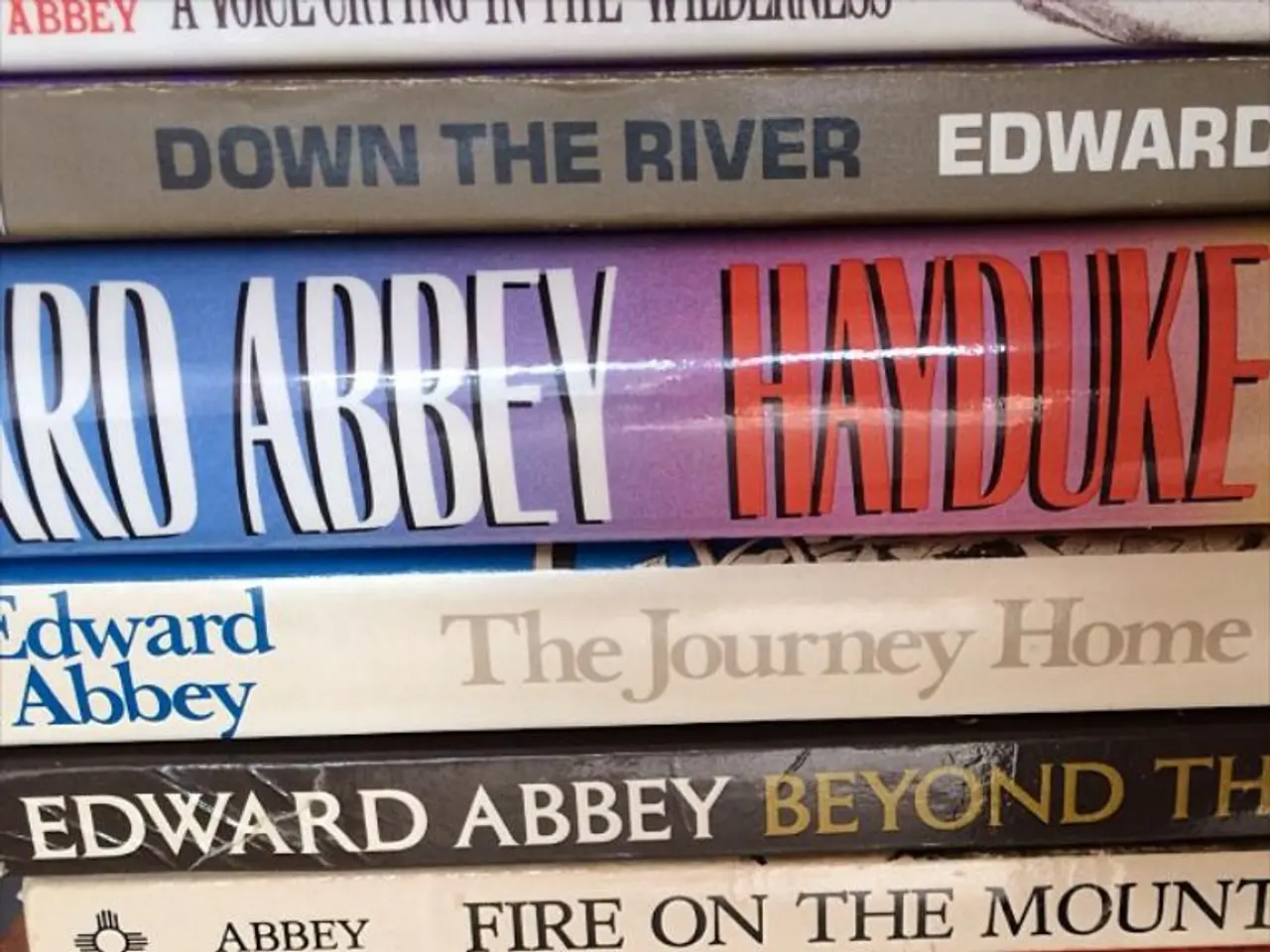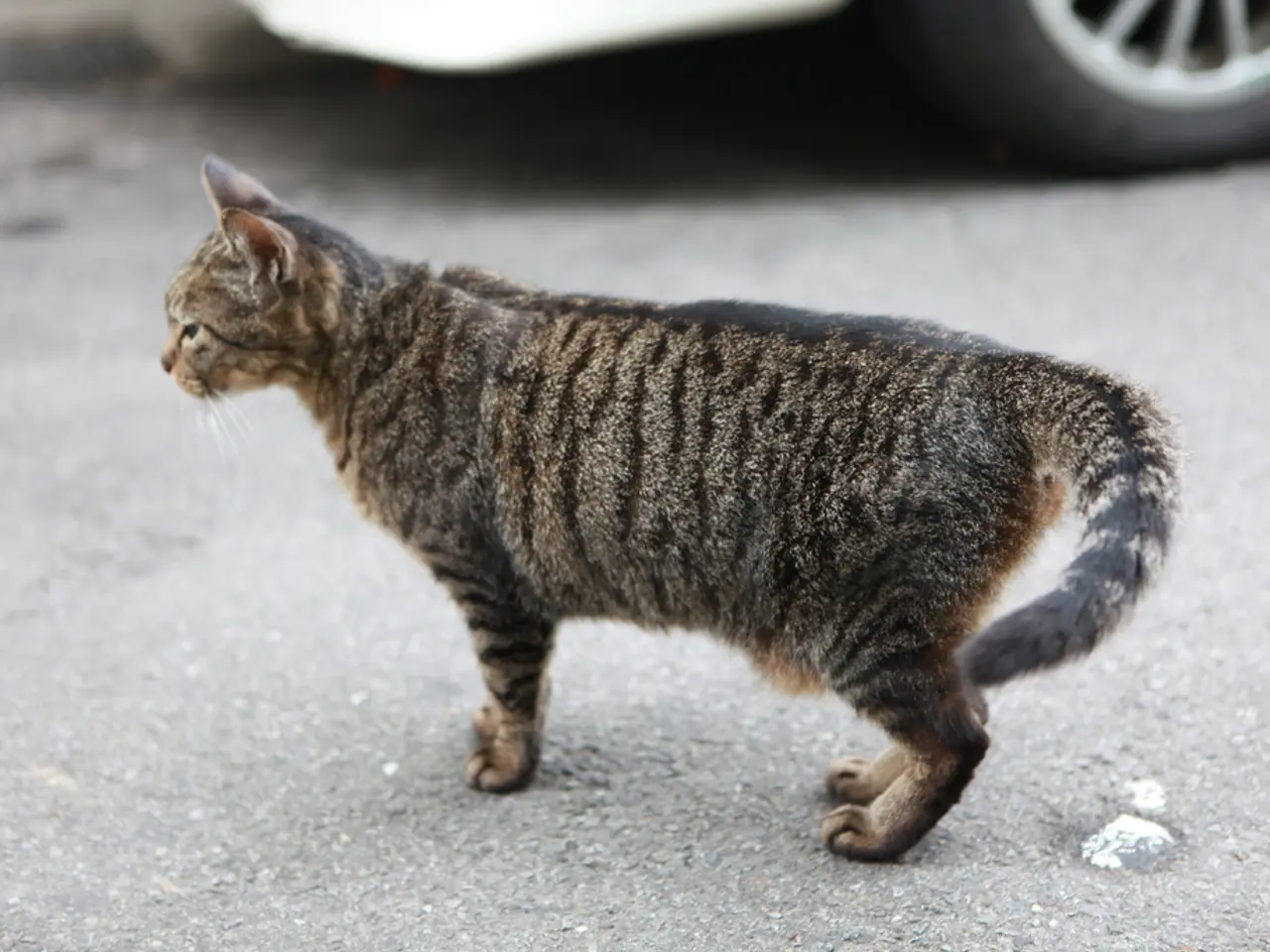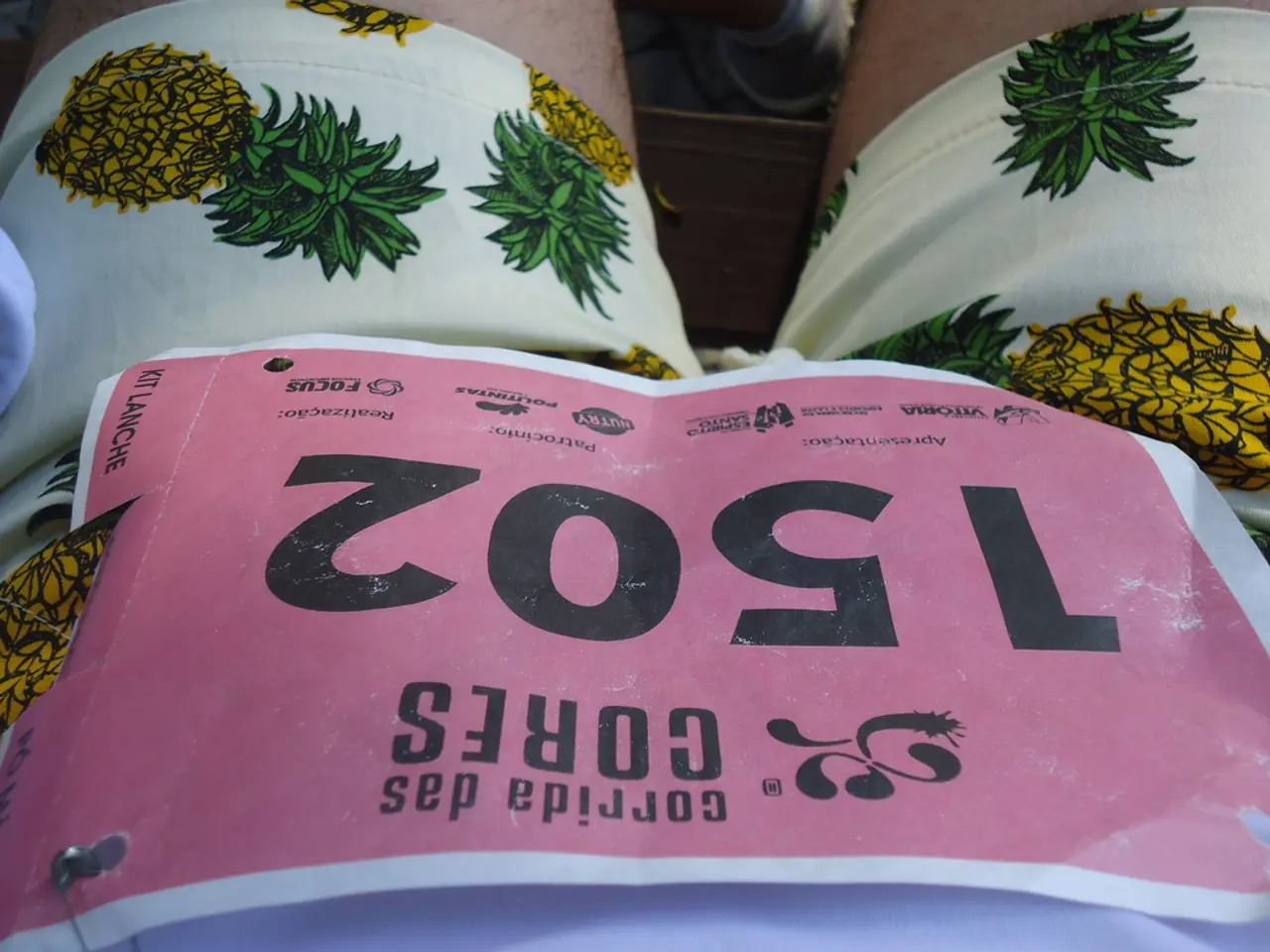Ancient Century-Old Persian Text on Demonology Unveils 30 Troublesome Demon Entities
Unveiling the Ancient Origins of Demon Imagery
The first visual depictions of demons in recorded history can be traced back to ancient Mesopotamian and Near Eastern cultures around the 3rd millennium BCE. These early images were deeply rooted in religious beliefs and mythologies, serving both theological and societal purposes.
Mesopotamian Roots
Some of the earliest identifiable demon images appear in Sumerian and Akkadian art and texts. For instance, the figure of Inanna/Ishtar, a goddess connected to fertility and war, is depicted in artefacts dating back to the early 2nd millennium BCE. In stories describing her descent into the underworld, a domain strongly associated with demons and spirits, she encounters terrifying hybrid creatures representing demons and evil spirits linked to illness or misfortune.
Persian Influence
The concept of divs or demons comes from Persian pre-Zoroastrian beliefs. Initially, divs were divine or semi-divine beings (Avestan daevas), but over time, especially after Zoroastrian reforms, these beings were demonized and became symbols of evil and chaos. Early depictions in Persian-related folklore and mythological art often show these divs as ugly or monstrous beings obstructing divine order.
Greek Connections
In ancient Greek religion, the term daimon (daemon) described a spirit or supernatural power that could be either good or bad. Early Greek art and literature, such as Hesiod’s works from around 700 BCE, depict daemons as intermediary spirits rather than purely evil demons. These beings influenced later Judeo-Christian concepts of demons and their imagery.
Indian and Hindu Traditions
Early Indian texts also contain the concept of demons (asuras) often depicted as powerful adversaries to gods (devas). Visual representations of demon kings like Ravana appear in Hindu epics and regional artworks, symbolizing malevolence but also complex morality. This tradition shares roots with Persian divs and Mesopotamian demons through Indo-Iranian linguistic and religious heritage.
A Persian Book of Spells
Fast forward to the early 20th century, a Persian book of spells titled Kitab-i Aja'ib-i makhluqat continues to fascinate scholars and enthusiasts alike. The book's demon paintings were taken from an earlier text and combined with various talismans and spells. It includes a demon guide with illustrations and spells to ward off demons, reflecting how the belief in magic persisted into the modern age. The author of the manuscript attributes their knowledge of demonic beings to Biblical Solomon.
In this book, one of the demons depicted is a brown, furry seven-headed beast with horns and seven different mouths, illustrating the enduring fear and fascination with demons even in more recent times. Despite the dissipation of belief in the supernatural from the mainstream, manuscripts like these serve as a reminder of the rich cultural history and diversity of demon imagery across various civilizations.
- The fascinating book, Kitab-i Aja'ib-i makhluqat, a Persian book of spells from the early 20th century, combines demon paintings with talismans and spells, demonstrating the persistence of belief in magic and supernatural entities in modern times.
- Despite the historical evolution of demonic beings from divine entities to symbols of evil and chaos in various cultures, such as Persian divs, Indian asuras, and Mesopotamian demons, elements of their imagery continue to influence pop-culture and entertainment today.
- Ancient texts, art, and literature, including Sumerian works from Mesopotamia, Greek accounts by Hesiod, Persian folklore, and Hindu epics, serve as valuable resources for understanding the early origins and diverse depictions of demons across different periods of history, blending elements of science, culture, and history with entertainment and pop-culture.






